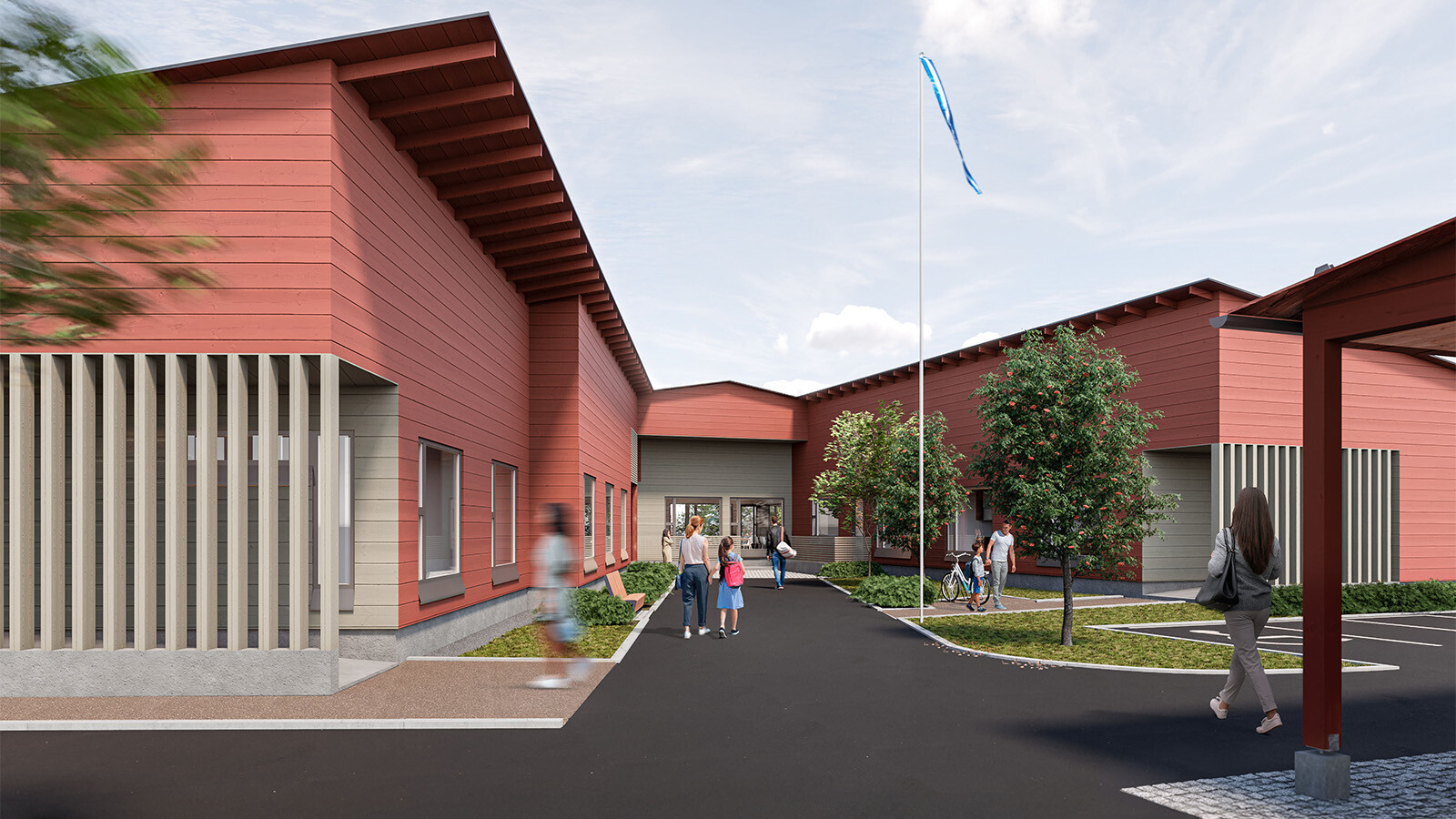The growth prospects for Hoivarakentajat are excellent: turnover in 2024 was around €32 million and operating profit around €2.2 million. The turnover forecast for 2025 is around €50 million. This year, half of the assisted living and day-care centre projects will be built for cities and municipalities. The other half are projects for the social and health sector operators. Funding has been secured for the turnover forecast.
More than ten care and day-care centres are currently under construction in different parts of Finland. With accelerating growth, Hoivarakentajat has strengthened its organisation. In November 2024, Lauri Rantanen, who previously held a similar position at YIT, took up the position of Finance Director. He will complement Hoivarakentajat's financial expertise, to deepen cooperation with real estate investors and offer new financing solutions to the health and social welfare sector.
Energy-efficient, low-carbon and adaptable log buildings are sought after by investors. The investment cooperation with Lumme Palvelukiinteistöt, which started in autumn 2024, continued when Lumme acquired the A-energy class Aspa home in Vallinoja, Vantaa, and the Mesikämmen log service home under construction in Seinäjoki, Finland, in January.

Care places are needed – construction costs will rise
There is and will be a growing need for new care buildings that meet current standards for assisted living services, including the environmental requirements of the EU taxonomy. Demographic change and regional concentration mean that new service homes and day-care centres are needed, especially in growth centres. In addition, some existing care and housing units are reaching the end of their life cycle.
Construction will become more expensive in the coming years when financial markets open up and prices for building materials rise in line with increased demand. In addition, construction will become more complex as environmental targets and other regulations in the EU taxonomy increase, contributing to higher construction costs.
– If wellbeing services counties, municipalities or social welfare and early childhood education operators need new units and the funding is in place, now is the time to build, says Niilo Rantala, CFO of Hoivarakentajat.
Flexible strategic thinking and maximising the life cycle of service buildings are needed to organise different types of housing services. The location of service buildings, their multiple uses, the length of their life cycle, the operating costs and climate impacts should be considered carefully in the planning stage.
– Building care and service homes from logs is a tangible contribution to the climate and human well-being. In addition to construction and financing expertise, we offer our customers strategic expertise in the care sector and life cycle construction," says Niilo Rantala.
More information:
CFO Niilo Rantala, niilo.rantala@hoivarakentajat.fi / p. +358 40 752 2730



